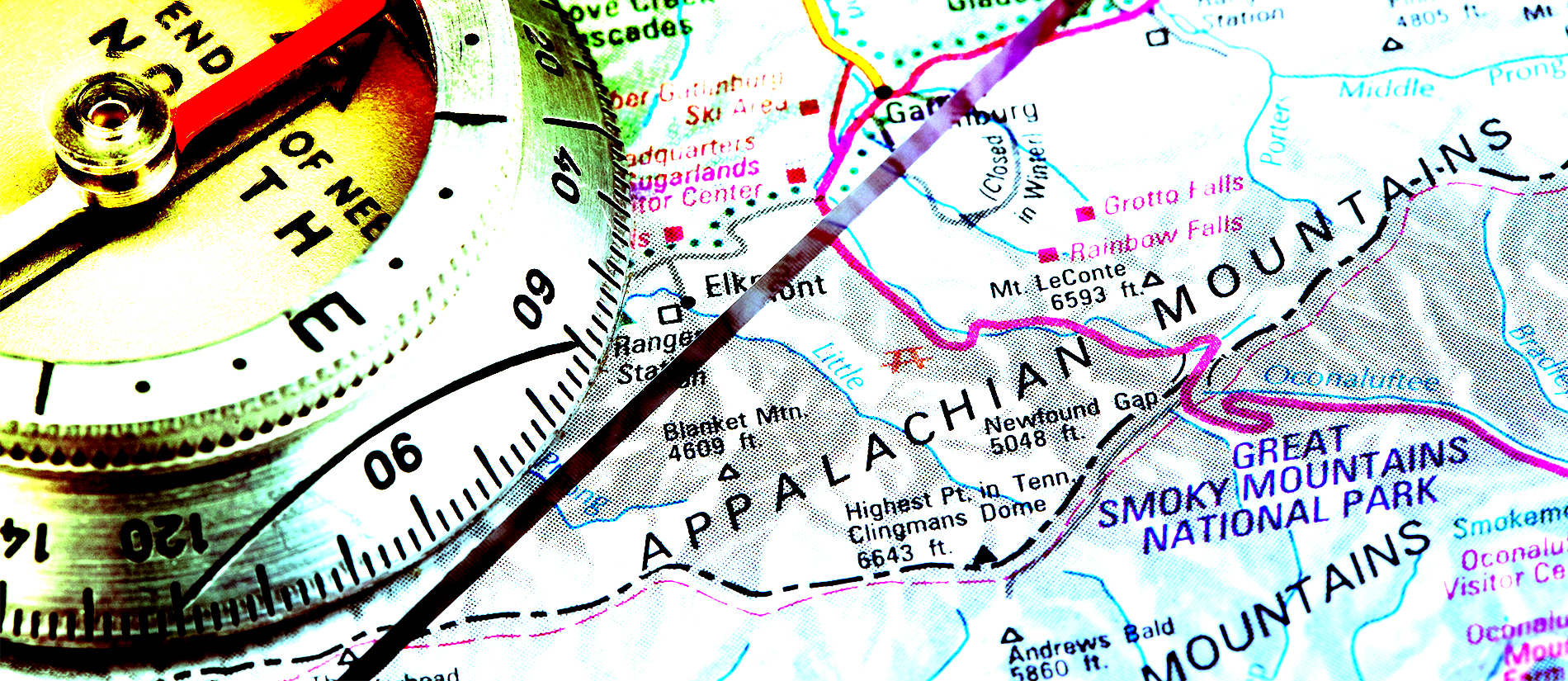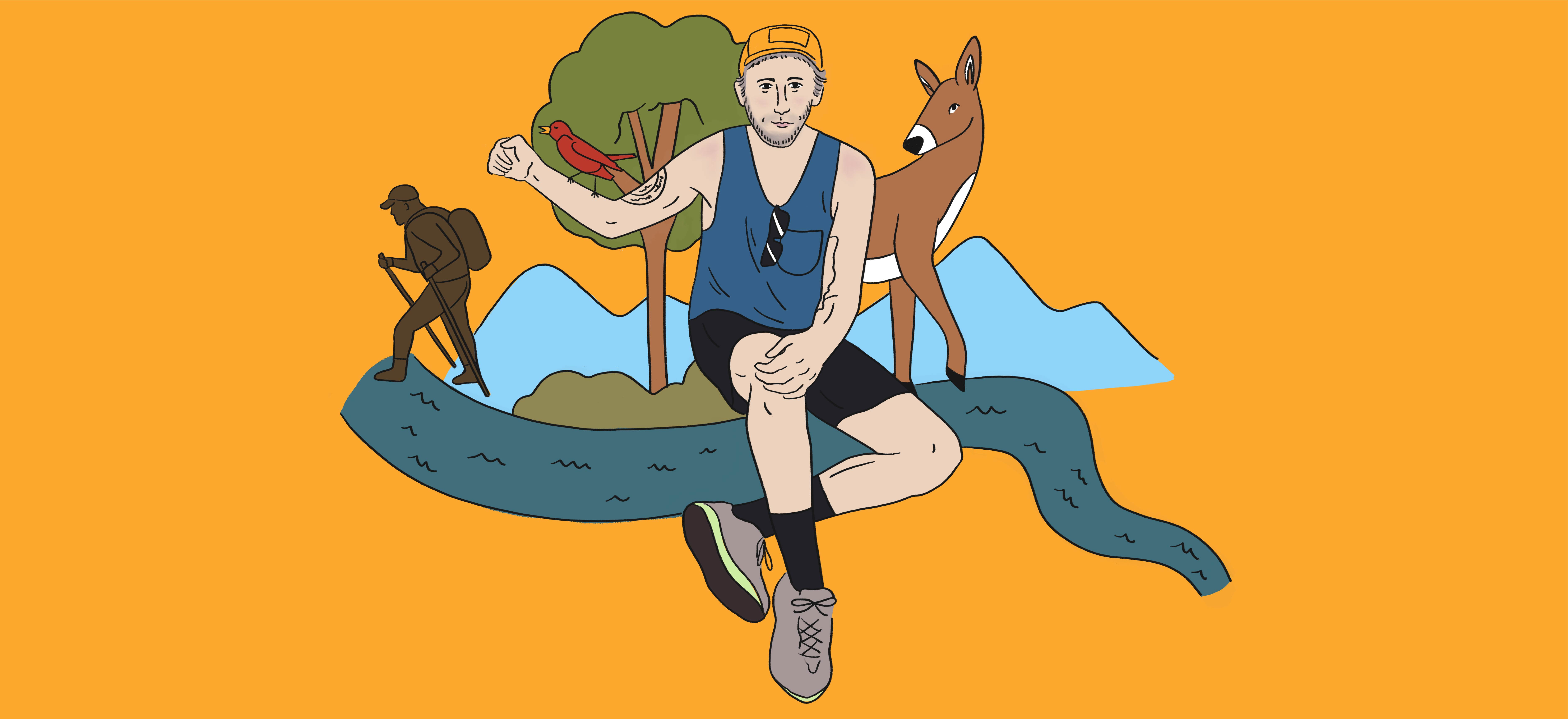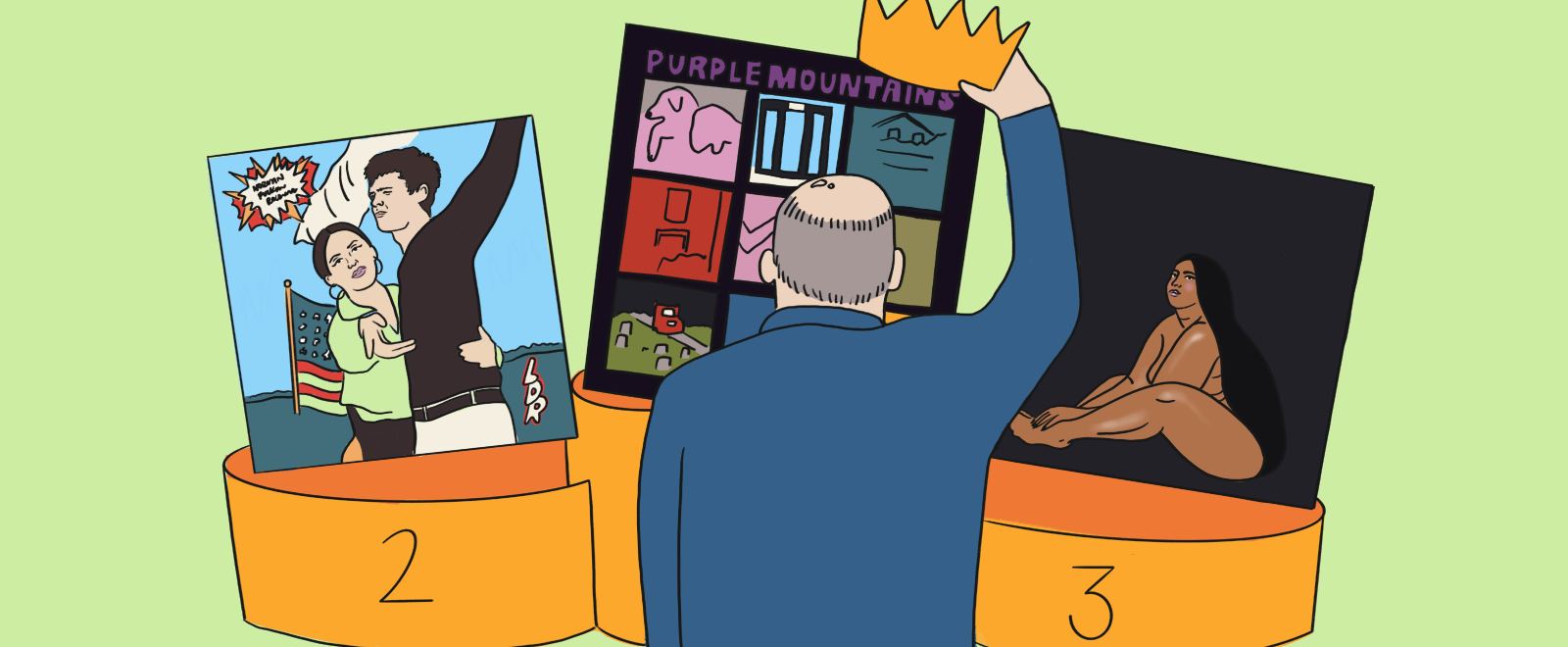This essay is running as part of the 2019 Uproxx Music Critics Poll. Explore the results here.
The first wave of year-end panic arrived this time on October 10, long before the green had even left most of the leaves in my corner of the world.
That morning, a cordial email extended an annual invitation to vote in a best-of-2019 critical poll. Only two weeks had passed since the start of fall, but just as Christmas now invades shopping malls and advertising spaces a little earlier each season, so too has the beginning of the end of each musical year. Only a decade ago, the ballots for the sort of sweeping consensus lists that have dominated websites and magazines these past few weeks seemed to arrive closer to Halloween. But now, if you’re not mostly ready by mid-October, you’d better be prepared to pretend, like a neighborhood kid concurrently picking out a ghost costume. This year, I reckoned, that would have to be me.
Just six weeks before that initial invite arrived, I stood atop the monolithic Mount Katahdin, the highest point in Maine and the northern endpoint of the 2,192-mile Appalachian Trail. I had one broken toe, two shoes that were ripping apart at the soles, and the most relieved grin of my life, slathered across my face like all the dirt and sweat. For five months, I’d hiked from northern Georgia to northern Maine with my wife, Tina, and a cast of characters sporting names like Robin Hood and Raiden, Otter and Poncho, Buffy and Balls Out. It had been heaven and hell, deeply meditative yet numbingly tedious. Climbing down Katahdin, through fields of wobbly boulders the size of large dogs, I thought about my aching toe, my deep hunger, and my anticipation of a coming indulgence — for the first time since March, I could soon listen to records.
With one exception, I had not listened to music at all for the entire five-month walk — no new records, no old standbys, nothing. It was the longest span in my life without it since I was a teenager and my first extended break from writing about music since I turned 18. Instead, I talked to my new trail friends about civil rights, industrial agriculture, getting stoned, and our constant food cravings. I devoured audiobooks, like a 48-hour biography of Ulysses S. Grant I began while climbing Massachusetts’ tallest mountain.
But largely, I walked in natural silence, hearing songbirds chirp and large oaks creak and little creeks trickle. I indulged any thought that drifted past my periphery, like the involuntary mixtape culled from the first 36 years of my life that would play in my head, a string of songs that I had once loved but not often pondered. Time and again, I found myself hearing the likes of Wildflowers and Life After Death from memory. My choice to abstain from music had been a kind of mindfulness exercise — after writing and editing words about it for a living for nearly two decades, I wanted to see where my brain went without the input. I missed it intensely.

When I returned home, I intended to play catch up. I would sort systematically through five months of emails, promos, and trusted peers’ reviews until it felt like I’d never left at all. By the time those ballots arrived, I’d be able to vote with confidence.
That Sisyphean strategy worked until I started to find records I loved, albums that made me want to listen again and again, ones that took time from everything else I’d yet to hear. Joan Shelley’s Like the River Loves The Sea, Nick Cave’s Ghosteen, Bill Orcutt’s Odds Against Tomorrow, Danny Brown’s U Know What I’m Sayin?, Natural Information Society’s Mandatory Reality: These records and several others struck me on such a fundamental level that I didn’t want to drop their names into a running Google doc and just move on. I listened on repeat, no matter how much time it took away from my game of musical chase.
But then the ballots began to arrive, even earlier than I’d anticipated. The panic I mentioned set in, but it lasted only long enough for me to realize the worry was worthless. Wasn’t the point of liking music, of finding some personal resonance in it, more important than listening to enough records to be confident in some ballot filed before an arbitrary deadline? And wasn’t the idea of being confident in what’s “best” increasingly faulty, anyway, when we can now understand exactly how much music we’ll never hear at all?
More and more, year-end lists seem to me a reductive and damaging way to consider music, applying social hierarchies to an area where ideas needn’t be sorted into top-down power grids. Music isn’t sports, no matter how much we want to rank and score it. These lists are a vestige of a music industry that has morphed in inexorable ways, a mechanism of capitalism camouflaged as authoritative, incisive criticism.
Yes, I submitted the ballot I received on October 10 and the ones that arrived in the following weeks. But, maybe for the first time, I feel no shame in saying that those ballots were all different and decidedly non-definitive. I hope that my favorite records of 2019 — and for every year, really — change until the day I die.

In late April, around the time I was crossing the Nolichucky River along Tennessee’s eastern border, Spotify founder Daniel Ek delivered a staggering update: On average, 40,000 songs were being added to his streaming service every day, double the widely circulated statistic from only a year earlier. This is, of course, an unfathomable and unlistenable amount of music.
But the chief realization of this new access is the capacity to understand, more fully than ever, how little any of us knows about mostly anything. We can spend a lifetime listening and never hear the same sound twice. From the comfort of our couch or the isolation of our treadmill, we can now explore microscopic and far-flung scenes of music, both current and historic, that we could only begin to imagine.
This has been the case for decades, of course; consider the recent flood of reissues and excavated titles, filled with music that was either ignored the first time around or shelved altogether due to label whim. Some of my favorite records landed on year-end lists only decades after they were recorded. Digital distribution has simply made the expanse of this ocean — and the fact that we’re all just paddling from bit to bit — that much more apparent.
That’s why I love year-end lists, or at least some of them. They’re an easy way to check in with other listeners, to step out of your headphones for a moment and get a glimpse of what other people have liked, of what has dazzled them in their area of interest. These field guides are best when they’re highly personal and specialized — indices of enthusiasms from record labels, musicians, and journalists who cover corners of the world I don’t.
But massive composite lists seem increasingly neutered and useless, their shape effectively flattened by the input of critics (myself included) who spend most of their time thinking about limited fields and then, come the last quarter of every year, feel compelled to know a little about everything. That is impossible, no matter what we tell ourselves come October or November or December.
I find it hard to care much about the consensus of peers who mostly get the same press releases. So many year-end lists look like one deck of cards, casually shuffled but with a few surprises slipped in each time. Given the wealth of music that’s now a browser window away, big lists provide a continued validation of an old model, where critics mostly sorted through what the labels gave them. And in an industry that’s no longer flush with cash, where most artists are struggling to make ends even almost meet, lists that largely reaffirm the well-heeled and famous only galvanize that imbalance.
If we can now listen and write far beyond the mail we get, why do lists that reflect this ability — like Bandcamp’s, a function of their own global distribution mechanism, or Andrew Nosnitsky’s deep rap dive, a study in obsessive genre enthusiasm — still seem like the exception?
Perhaps it’s because end-of-year lists work more and more like glorified clickbait, elevated Buzzfeed personality tests built from a well-meaning routine of head-scratching and hand-wringing. They say as much about those who look and react as the artists they include or omit. Are you going to be so mad about Norman F*cking Rockwell being Number F*cking One that you rage-share a ranked roster you hate? Or do you feel a little twinge of validation, knowing that records you love and have been marketed to you are also loved by the people who have been telling you about those records all year? Perhaps you don’t care, because nationalism is rising alongside the sea level. Good for you, truly.
As writers and editors, we devote an inordinate amount of time and money to conceiving and publishing these lists because they generate attention, a shot-in-the-metrics-arm during a season that can be slim. Lots of great thinking and writing appears in them, too, but it’s typically lost amid the hubbub and hype of who landed where and what that means. Consensus lists feel now like the Electoral College of music criticism — an outdated system of mediated opinions that, at one point, might have seemed to make sense of the world but now mostly annoys us.
All this likely sounds strange, perhaps even hypocritical, coming as part of big a year-end list, from someone who again submitted a ballot for it. But the model that Uproxx, like The Village Voice before it, uses at least offers an alternative to a ranked monolithic missive. By including the ballots themselves, there’s not only more transparency about the results but also a much broader field of records represented. Readers can understand the listening and ideas that might go into any critic’s year and follow that lead to find something they might have missed.
Issuing dozens of individual rosters neither produces this neat narrative nor, most likely, the same unified tizzy of traffic. But at least they map the way for curious listeners to a few new records while providing some essential context. Isn’t that at least part of the job? For me, it’s the thrill of it.
By the way, that single record I heard on the Appalachian Trail was Bon Iver’s i,i, which comes as a hilarious revelation, I’m sure. But I listened out of personal imperative, not professional obligation.
Those folks were friends before they were famous, and, on a cross-country road trip just before setting off from Springer Mountain in northern Georgia, I’d stopped on a sprawling pecan farm in West Texas, situated against the actual border wall. They were finishing the vocals for “U (Man Like),” trying to get down that line about “lovers sleeping in your streets.” After crowding around a dinner table and standing beside a bonfire, we listened to an early version of the album in the control room. The night seemed alive with the wonder of making and listening to music.
A few weeks later, while we rested at a Super 8 in southern Virginia after the first 600 miles of the Appalachian Trail, the finished record arrived by email. I figured out how to play the songs without iTunes and, every day or two for the next four months, I walked through the woods, clicking on one file at a time. When my body hurt the most, or when my head swam from fatigue, I would put it on, check in, and hike. When I broke that toe four days from the end, I devoured a Snickers bar, pressed ‘play,’ and ignored the Maine mountain I was climbing. Those songs prompted me to think about friendship and climate change, Talk Talk and Christian Fennesz, my increasingly distant 20s and my increasingly imminent 40s.
That’s the record that occupies the No. 1 spot on every ballot I’ve cast this year. It is the album I have heard the most, after all, that came through for me when nothing else did. No, that’s not the most objective way to evaluate art or a criterion you might use to define an artistic vanguard. For me this year, it’s the only honest response.
I doubt i,i will always be my favorite record of 2019; it’s already got strong competition, and I, like you, still have a lot to hear. In fact, I hope it’s not. I want what I think I know about music to be forever upended by a constant curiosity for something new, to not be limited by the whim of the calendar or a record label’s release cycle. Music doesn’t behave that way, even if we, as part of the music industry, still pretend it does.







